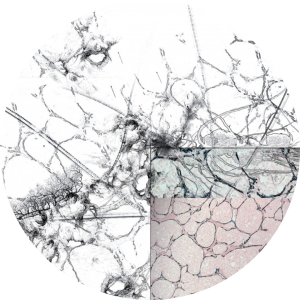



Our team is currently recognized as a top-level research team at national and international level. Judith FAVIER is the co-chair of the international Pheochromocytoma and paraganglioma RESearch Support ORganization (PRESSOR) and Head of the PPGL working group of the European Network for the Study of Adrenal Tumours (ENS@T). Anne-Paule Gimenez-Roqueplo is the Head of the Rare Cancers working group of the Cancéropôle Ile-de-France.`Our research is funded by INCa, European H2020 programme, the Paradifference Foudation and the programme Equipe labellisée Ligue contre le Cancer.
